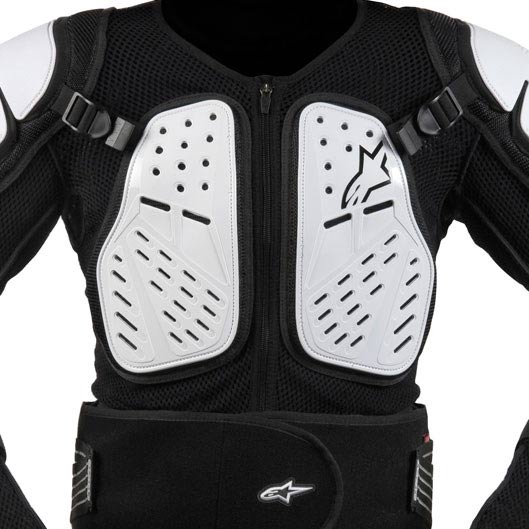Alpinestars Racing Services
On-track with the team behind the intelligent motorcycle suit airbag system
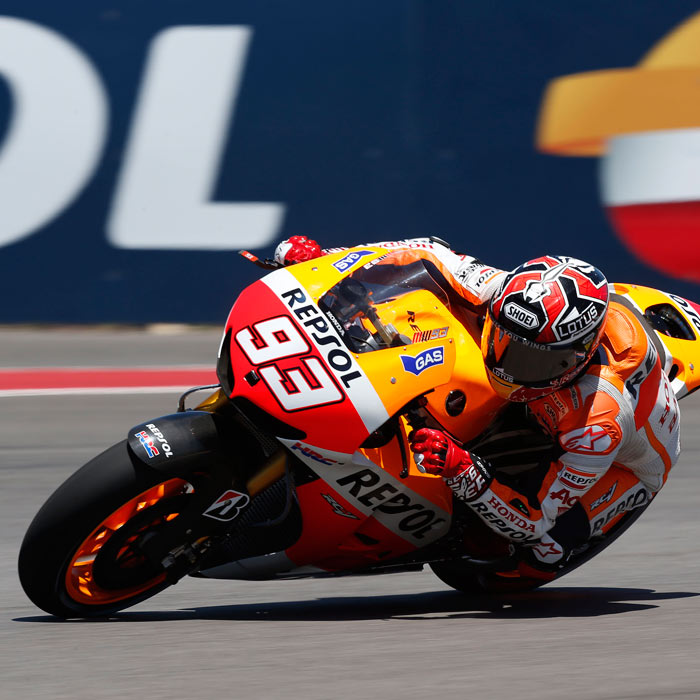
by Katharine Erwin
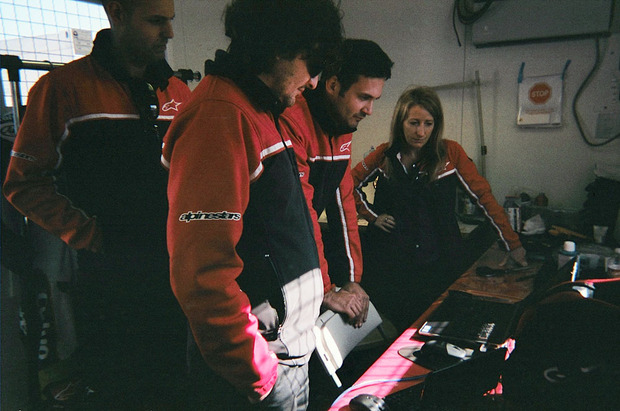
The smell of race gas fills the cool dry air at the Circuit of the Americas in Austin, Texas. As the first MotoGP held by the track, the paddock is filled with fit European mechanics wrenching on bikes with cigarettes hanging from their lips. Racers zip back and forth on scooters weaving through and waving to friends and adoring fans. In the midst of the madness, in a small makeshift office in what seems to be a cargo crate, is a sewing machine and a few computers. This is Alpinestars racing services. Here, in this tiny office, they will make last minute changes to race suits and monitor life-saving technology for their riders throughout the inaugural MotoGP weekend.
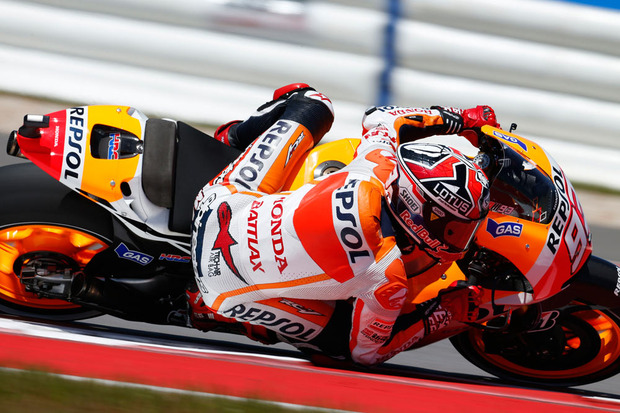
Started as a motocross boot company in 1963, Alpinestars has evolved into one of the biggest and most technically advanced makers of protective gear for all forms of motorsports, and even some action sports. Their unique racing services provide on-track support to their sponsored racers, which in turn leads to future product development.
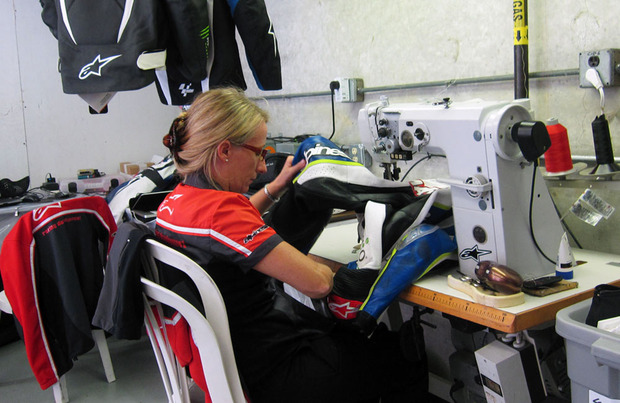
One of Alpinestars’ biggest triumphs is the airbag race suit. After 12 years of development using analog wiring tests, GPS systems, earth proximity sensors, gyroscopes and the same technology as Formula 1 engine management processors, Alpinestars has been able to come up with a complete system weighing in at only 450 grams that deploys an internal airbag in 40-45 milliseconds prior to a predicted crash. Using micro sensors, the suit is equipped with seven accelerometers that measure in 3D and send data every two milliseconds to the suit’s processor. This data—which senses gravity and the intensity of energy—is able to detect a free fall scenario, at which point the gas from the internal cylinders fills the bags with air. Once the bags expand, the rider has five seconds of full protection.
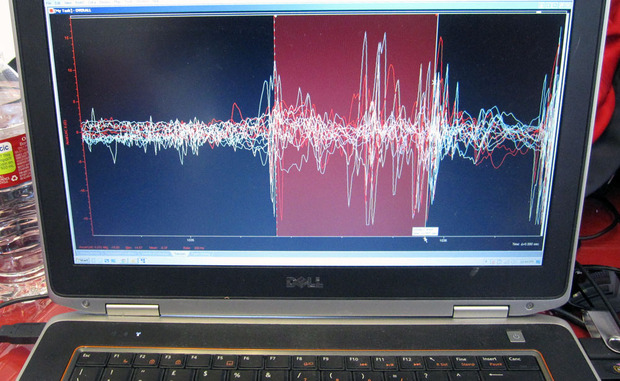
“Even in the biggest accidents we rarely see more than a second and a half maximum of real intense activity during a crash,” says Jeremy Appleton, an Alpinestars racing services member. This allows for a lot of protection. After five seconds, the system begins to deflate and after about a minute, the system will reactivate—if a rider crashes and gets back on the bike, he or she will still be protected in the event of a second crash.
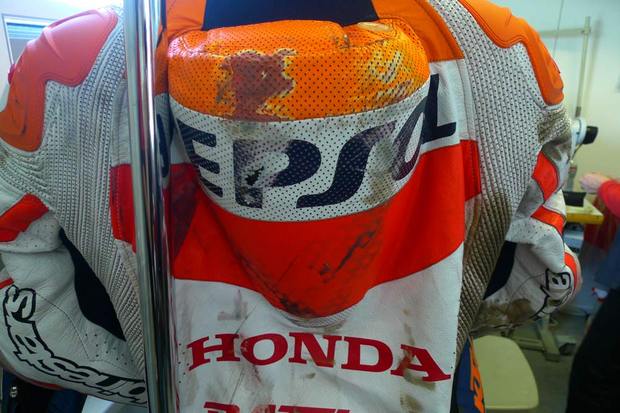
On Saturday, 20 April 2013 during the MotoGP practice in Austin, rookie rider Marc Márquez suffered what seemed to be an extremely bad highside in turn 13. After being brought back to his pit box by the track officials, Márquez jumped on his second bike, unscathed. After practice, Márquez’s suit was brought to the Alpinestars’ technical office where Appleton opened the hump in which the suit’s cylinders and processor are hidden. He connected the suit to the computer and showed the graph of Márquez’s crash. Each color shows a spike in a separate accelerometer. Like clockwork, the suit detected the free fall and deployed the airbags in milliseconds. Had Márquez not worn the airbag suit, his crash would have most certainly caused injury. One day later, Márquez made history on his Honda, becoming the youngest rider to win a MotoGP and the first rider to win a MotoGP in Austin.
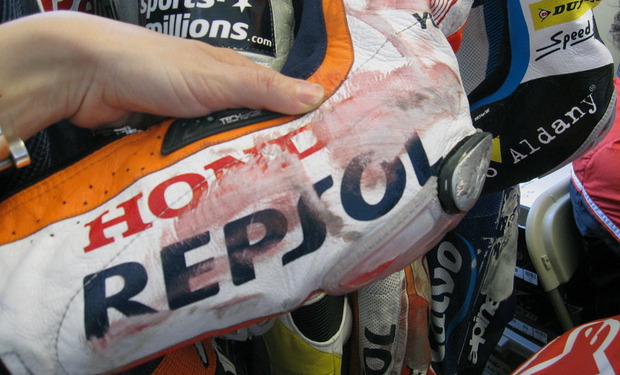
Márquez has also been making history with his unique riding style of dragging his elbows. The unconventional style means Márquez tends wear out his elbow pads faster than normal, which in turn has caused Alpinestars to create special elbow pucks for the rider’s suit. This style of riding is being seen more and more in the smaller riding class of Moto2, which Márquez was in last year. “It’s caused by the setup of the bike,” says Antonietta Secco, another Alpinestars racing services member. Secco knows this due to the tighter upper body and longer backside trends of the suits of the Moto2 riders. To call Secco a seamstress would be a gross understatement, perhaps a magician may be more accurate. Aside from last-minute sponsor patch changes on suits, she must adjust the fit according to each rider’s chosen bike, which changes constantly throughout a race weekend depending on the track and conditions.
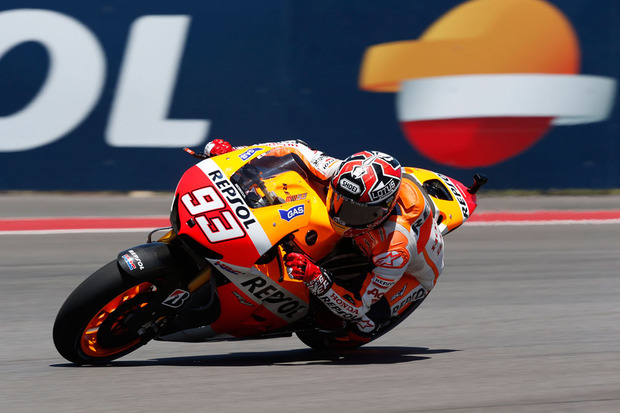
After the races come to a close on Sunday, the fans flock home still buzzing about the the past days of racing. But behind the scenes, the paddock is already making preparations for the next race. The bikes are crated up and ready to ship along with the suits, the sewing machine and computers. Deemed a successful race weekend with records broken and bones intact, the teams work on how to be faster at the next track, while Alpinestars focus on how to be safer.
Marc Márquez images by Andrew Northcott; all others by Katharine Erwin

